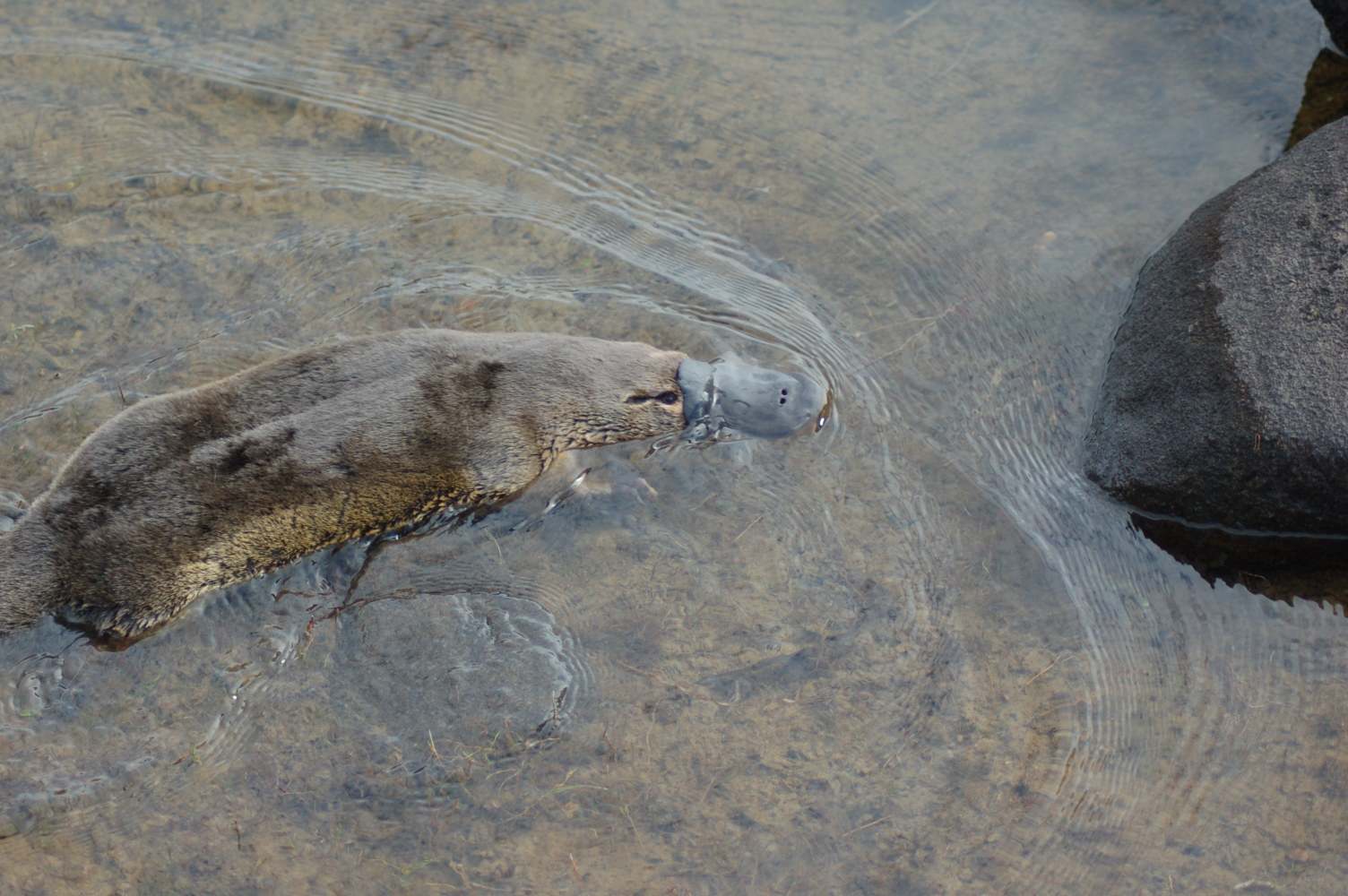
And one method to help Victoria’s Platypus is … well … just a little fishy.
Platypus were listed as Vulnerable under Victoria’s Flora and Fauna Guarantee Act earlier this year.
In response to this, Minister for Energy, Environment and Climate Change Lily D’Ambrosio called a Platypus Science and Management Forum that united experts from across the state to discuss the immediate and longer-term issues facing the species.
The forum hammered home the importance of:
- improved population monitoring
- identifying important refuge sites
- conservation research, and
- the need to better engage Traditional Owners and the broader community to strengthen conservation efforts, including continued integrated catchment management.
But scientists looking to assist the platypus are taking a leaf from their native fish research counterparts and build on the methods employed by the Victorian Demonstration Reach Program to improve the future for the species.
Researchers from DELWP and its Arthur Rylah Institute for Environmental Research (ARI) are partnering with the Australian Platypus Conservancy, and North East and Glenelg Hopkins catchment management authorities (CMAs) to develop areas called demonstration sites to help platypus to prosper.
Demonstration sites were used to great effect on waterways to improve habitats for native fish species that have been hit hard by the degradation of river systems since European settlement.
ARI scientists have combined with CMAs in the Murray-Darling Basin to assess demonstration sites for target native fish habitats before, during and after rehabilitation works.
The same kind of thinking will be applied to selected priority Platypus habitats through this new initiative.
A $200,000 investment across two sites in the Glenelg Hopkins and North East CMA areas will fund rehabilitation works including weed removal, fencing to prevent stock damage, and revegetation to enhance habitat and protect banks from erosion.
These techniques will be trialled in stretches of waterways that are important platypus habitats.
If successful, they can applied more widely to ensure this iconic species can thrive.
Stay tuned for more news on this exciting work.








